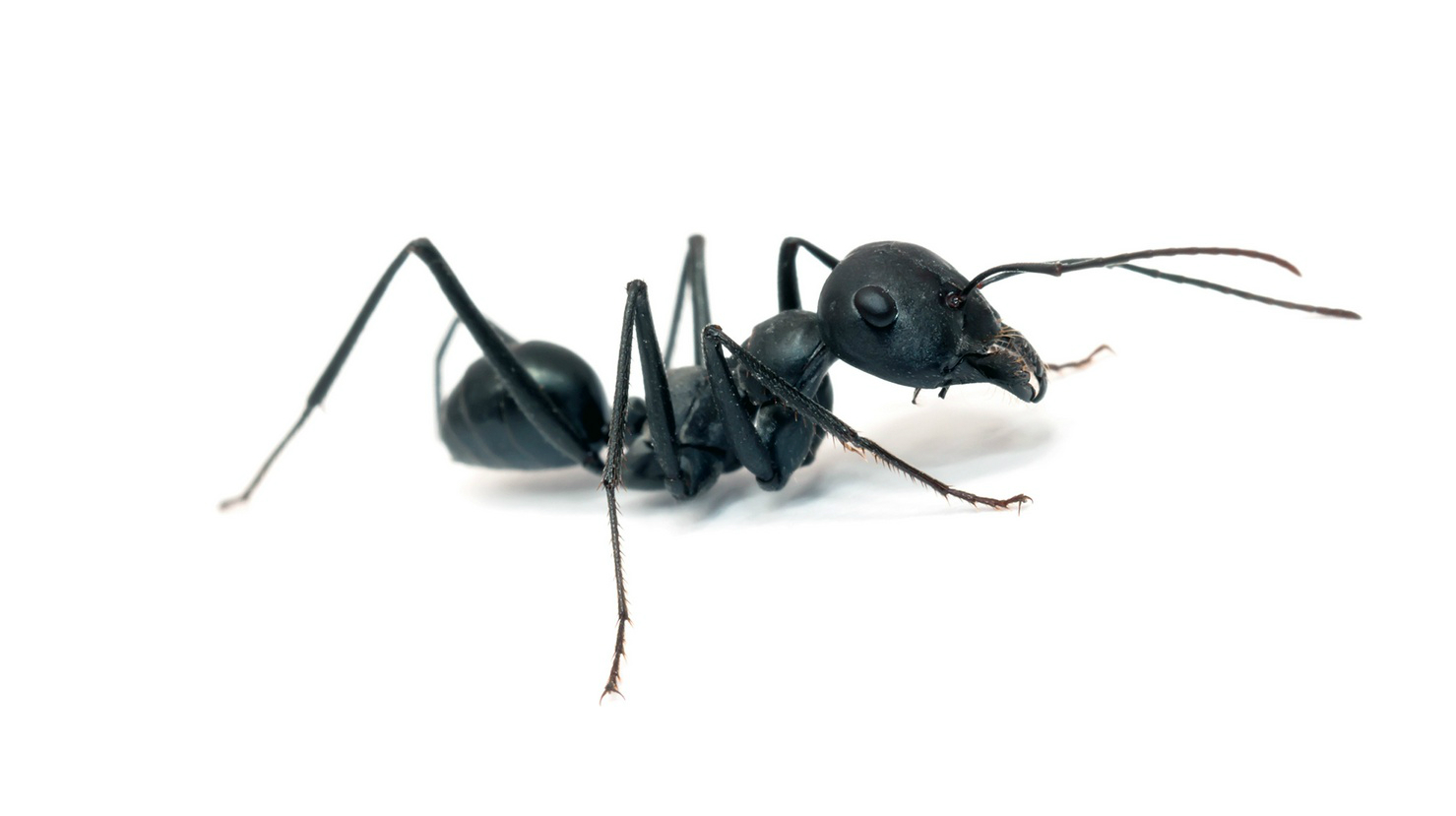Experts in Residential
Pest Control & Prevention

Our Services: Fleas, Ticks, Ants, Termites, and More
There are other common household pests such as fleas, ticks, ants, termites, and more that call for the attention of a pest control professional. Whether they get into our food supply, or are the types of pests that bite and sting, the bottom line is that a pest free home is a happy home. Do you have another type of pest that you are having problems with? Give us a call today and one of our professional pest control specialists will be happy to help you out with honest and reliable service.
TYPES OF COMMON HOUSEHOLD PESTS
Fleas
Fleas are wingless insects with mouthparts adapted for piercing skin and sucking blood. Fleas are external parasites living by feeding of the blood of mammals and birds. Fleas go through four life cycle stages of egg, larva, pupa and imago or adult. Fleas are a nuisance to their hosts, causing an itching sensation and generally cause the formation of a slightly raised, swollen itching spot with a single puncture point at the center, similar to a mosquito bite. Bites often appear in clusters or lines of two bites and can remain itchy and inflamed for up to several weeks. Fleas can also be a carrier for disease. Fleas transmit not only a variety of viral bacterial and rickettsia diseases to humans and other animals but have also helped cause epidemics by transmitting diseases such as the bubonic plague between rodents and humans. It is highly unlikely or impossible for fleas to carry the HIV/AIDS virus or spread it to other humans.
Ants
There are several different types of ants in East Texas, and not all treatments work on just any kind of ant. Some ants feed more on proteins while other feed on sugary substances. Fire ant treatment is among some of the more requested services due to their painful bite and the threat that they pose to small children and animals.
Subterranean Termites
Subterranean Termites are the most economically important wood destroying insects in the United States and are classified as pests. They feed on cellulose material such as the structural wood in buildings, wood fixtures, paper, books, and cotton. A mature colony can range from 20,000 – 5 million and the primary queen of the colony lays 5,000 – 10,000 eggs per year. A termite infestation may go unnoticed for lengthy periods of time. Termite infested timber will appear structurally sound from the outside while inside, it will have a honey combed appearance. Subterranean Termites SWARM in the daytime from February to April. After this behavior, male and female termites lose their wings, pair up and form new colonies.
Types of Subterranean Termites
- Worker Caste: Worker Castes are about 3 mm long and are blind, wingless, soft-bodied, and creamy white to grayish-white with a round head.
- Soldier Caste: Soldier Termites are also wingless and resemble workers except that they have a large, rectangular, yellowish-brown heads with long black mandibles.
- Reproductive Caste: Reproductive Castes are the adult winged termites who have two pairs of long narrow wings of equal size, dark skin and beaded antennae. A nuptial flight takes place, mating occurs and they shed their wings. They are black and about 1 cm long, with grayish transparent wings.
Testimonials
Get a Free Estimate
Pest Control Services
- Residential
- Specializing in Quarterly
- Termite Control and Treatments
- Full Yard and In House Treatments
- All Types of Pests and Rodents
